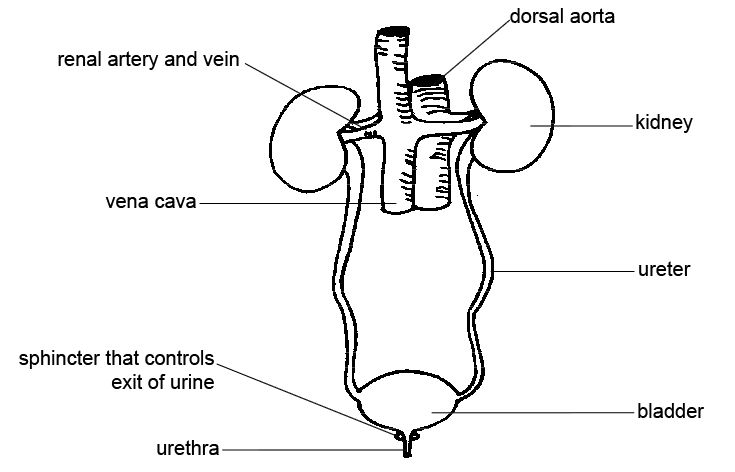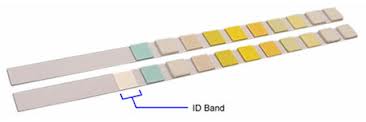Urine is liquid waste product produced by the kidneys, it is clear and sometimes yellow. Urine contain salts and other solutes such as urea and uric acid.
Before we learn the secrets of urine, we should understand how urine is produced in our body. The diagram below shows the excretory system that produce urine.

Picture source : http://en.wikibooks.org/wiki/Anatomy_and_Physiology_of_Animals/Urinary_System
Our excretory system consists of a pair of kidneys, ureters, urinary bladder and urethra. The blood from the dorsal aorta and will go to the renal arteries and finally enter the kidneys. In the kidneys, blood will undergo filtration process. All the substances that are toxic to the body such as urea, creatinine, medicines, and drugs will be removed. It will go through ureter and accumulated in the urinary bladder. When the bladder is full, we will feel the urge to urinate and the urine will be discharged through the urethra. Filtered blood will then recirculate in the body through the renal vein and then vena cava before returning to the heart to enter the general circulation.
 |
 |
 |
||
|
Colours of urine |
||||
We urinate everyday but we do not know about the secrets of our urine. Very few are aware that, with the current technology, Our urine is able to notify some important information about our body such as:
- The health status
- The presence of sugar in the urine indicates the possibility of suffering from diabetes
- The presence of protein and red blood cells indicate kidney failure
- The presence of microorganisms indicates we are attacked by germs

Strips used to detect substances present in urine
-
Informing the type of microorganism (germs) that have invaded the body.
When we have cold, we may be attacked by germs. These types of germs that invade the body must be known before the appropriate antibiotic is given. Generally, the type of antibiotic depends on the type of bacteria.


Cultured microorganism -
The microorganisms resistence to antibiotics.
When we have fever or wound, usually doctors will give antibiotics and advised us to finish the antibiotic. Otherwise, microorganisms may develop resistance to certain antibiotics causing persistent fever.

-
Presence of hazardous materials that in body.
Any Many form of abused drugs such as morphine, heroine, cannabis and designer drugs could be detected easily in the urine.

Picture of Thin Layer Chromatography (TLC) to detect drug in urine -
Sample collection for urine analysis
Sample collection of urine is usually taken after one-third of the urine is discarded. This is to avoid the possibility of microorganisms being present in the sample. Urine is actually sterile in the urine bladder. When the urine arrives in the urethra, it gets infected by microorganisms.
Therefore, it is advisable for us to give a cough when we complete urination to ensure the urethra is totally emptied. Hence we could avoid infection in the urinary tract.
In the nutshell, despite being an excreta by our body, urine is a vital indicator in telling the status of our health.
| Last Reviewed | : | 20 January 2015 |
| Writer | : | Sairi bin Satari |
| Accreditor | : | Phang Soon Kong |







